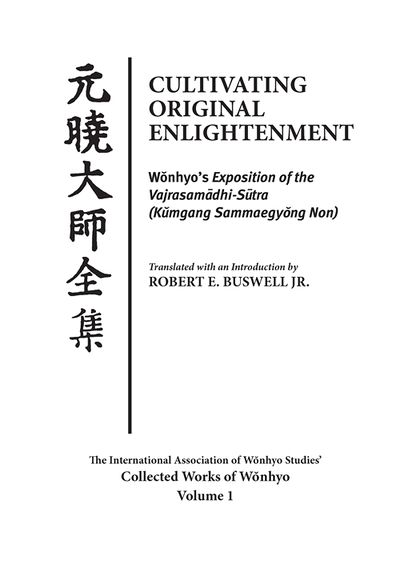- Prefacevii
- Abbreviations and Conventionsxi
- I Contemplative Practice in the Exposition of the Vajrasamādhi-Sūtra3
- II The Writing of the Exposition17
- III The Exposition as Commentary28
- ROLL ONE47
- Part One: A Statement of Its Main Idea47
- Part Two: An Analysis of the Themes of the Sūtra48
- Part Three: An Explication of the Title50
- Part Four: An Exegesis of the Text57
- Section One: Prologue57
- Section Two: Main Body62
- First Division of Contemplation Practice: Rejecting All Characteristics of Sense-Objects to Reveal the Signless Contemplation65
- ROLL TWO116
- Second Division of Contemplation Practice: Extinguishing the Mind Subject to Production in Order to Explain the Practice of Nonproduction116
- Third Division of Contemplation Practice: The Inspiration of Original Enlightenment137
- Fourth Division of Contemplation Practice: Abandoning the Spurious to Access Reality166
- ROLL THREE211
- Fifth Division of Contemplation Practice: Sanctified Practices Emerge from the Voidness of the True Nature211
- Sixth Division of Contemplation Practice: Immeasurable Dharmas Access the Tathāgatagarbha243
- Section Three (A): Dhāraṇī (Codes)271
- Section Three (B): Dissemination271
- Appendix: A Schematic Outline of Wŏnhyo's Exposition of the Vajrasamādhi-Sūtra309
- Notes335
- Glossary of Sinitic Logographs377
- Bibliography385
- Index411

